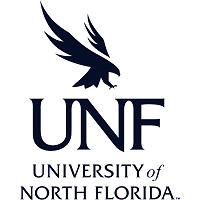Below is a summary of the abstract you submitted. Presenting author(s) is shown in bold.
If any changes need to be made, you can modify the abstract or change the authors.
You can also download a .docx version of this abstract.
If there are any problems, please email Dan at dar78@pitt.edu and he'll take care of them!
This abstract was last modified on March 15, 2024 at 6:45 p.m..

The grouping of genes based on sequence similarity (phams) is a simple tool for organizing large amounts of phage genetic information. Studying phams that contain genes from phages infecting disparate phage hosts can provide insight into evolutionary dynamics as phages move through the landscape of bacteria. While annotating the genome of the Gordonia rubripertincta Cluster DJ phage, Petito, we noted several phams that contained genes from phages of different clusters. We also noted phams that contained genes from only DJ phages and Cluster CC phages. Upon further investigation, we noted Cluster CC phages (Rhodococcus) share nearly 50% pham content with Phage Petito. Here, we report our study of phams that contain genes spanning multiple clusters.
